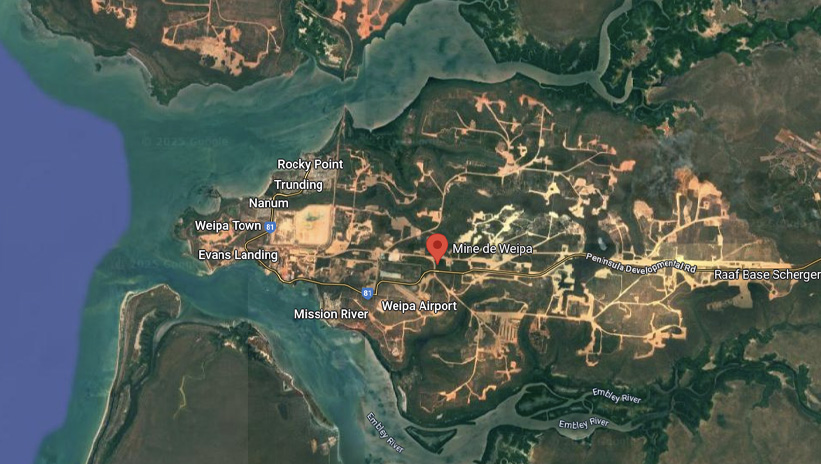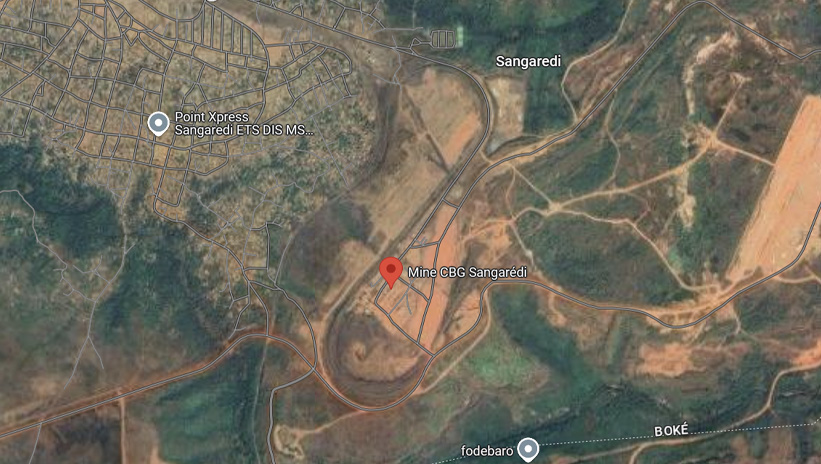Aluminum is one of the world’s most produced metals and is widely used in numerous industries due to its exceptional qualities. It is lightweight, corrosion resistant, and an excellent thermal and electrical conductor. But few know where aluminum actually comes from.
The origin of this metal is bauxite – the source of aluminum ore – which is extracted from bauxite rocks and converted into aluminum oxide.
In a nutshell, this is how aluminum is produced:
- During the refining process, bauxite is turned into alumina. According to the U.S. Geological Survey (USGS), 85% of the world bauxite production is used for this purpose.
- Most alumina is then used as the raw material to make aluminum, which is then used in almost every industry – from the construction and automotive sectors to household and cookware.
- The remaining 15% is typically used to make ceramics and cement.
Experts believe that global bauxite consumption will continue to rise as a result of the increase in the demand for aluminum with around 69 million metric tons of aluminum being produced in 2023, mainly due to the growth of the Chinese automotive and manufacturing sectors.
In a recent report, experts at International Aluminum forecast that by the end of the decade, the demand for aluminum around the world will have risen by 40%.
Where does bauxite come from?
Did you know that the French geologist Pierre Berthe named bauxite after the village of Les Baux-de-Provence, where he first found the ore in nearby deposits in 1821? He discovered that aluminum was present in bauxite.
See also: Top 10 iron ore-producing countries in the world
In the 1950s, significant gravel and sand deposits were found in Australia, which by the early 21st century became the world’s leading producer of bauxite.
Other major bauxite producers today include China, Guinea, Indonesia, Brazil, and India. These major bauxite-producing nations are often close to important shipping routes, which makes it easy for them to export the ore.
The world’s largest bauxite-producing countries
With a projected output of 98 million metric tons (MMT) of bauxite in 2023, Australia holds the top spot in the ranking of the world’s top bauxite producers. Some of the largest mines of bauxite on the planet are located in this country, according to Statista.
According to the U.S. Geological Survey, Australia, Guinea, China, Brazil, and India are the five leading bauxite producers. The top three countries – Australia, Guinea, and China – lead with a significant gap from the fourth biggest bauxite producer – Brazil, which mines three times less bauxite ore than third-placed China. India closes the top 5 with 23 million metric tonnes of bauxite ore produced in 2023.
Let’s take a closer look at the top three nations in bauxite production:
 1. Australia
1. Australia
Today, Australia is home to six bauxite mines that supply feedstock for the country’s alumina refineries as well as the export market. The largest bauxite mine is Weipa in Queensland and is owned by Rio Tinto.
From the 98.64 MMT of bauxite produced in 2023, the country exported 41.23 MMT of this, while the remainder was converted into Australian alumina, stated the Australian Aluminium Council.
Australia is second in terms of the largest bauxite reserves on Earth. In 2023, its bauxite exports registered a slight increase of 0.78% compared to the previous year, with most of the exports going to China, according to Mining Technology.
Weipa mine

 2. Guinea
2. Guinea
Second on the list is Guinea – a nation in West Africa that in 2023 produced 97 MMT of bauxite. This country is also home to the world’s largest reserves of bauxite – 7.4 billion tonnes, which is around 23% of all the bauxite reserves on Earth, according to the International Trade Administration.
Guinea is currently the world’s top exporter of bauxite and has quickly risen to prominence in the global bauxite market. The Sangarédi mine is the largest in the country.
Despite the lack of bauxite refineries in the country, it is still successful in exporting the sedimentary rock that is harvested to be processed beyond Guinea’s borders. The major bauxite producers in the country are Rio Tinto (a British-Australian multinational company), Alcoa (an American industrial corporation), and United Company RUSAL (a subsidiary of En+ Group plc, headquartered in Russia).
The Sangarédi mine

 3. China
3. China
Even though China is currently the largest consumer and producer of aluminum, it ranks third in terms of bauxite production, and its bauxite reserves are not as large as in Guinea or Australia.
S&P Global estimates that up to 57% of China’s bauxite come from outside the country, with Guinea being its major supplier.
Although the nation’s reserves have declined as a result of overproduction, the resources will still be sufficient to meet market demand for many years to come.
Guangxi – an autonomous region in China – accounts for 50% of the bauxite mining areas, followed by Henan (17%), Guizhou (16%), and Shanxi (15%), according to Shanghai Metals Market. One of China’s top manufacturers of bauxite is the Aluminum Corporation of China.
Although China has its own mines, such as the Pingguo Mine in Guangxi, it focuses on investing in overseas mining projects, particularly in Guinea. For instance, it is part of a consortium that owns the SMB-Winning Boke Bauxite mining project – a surface mining project in Guinea’s Boke region.
Final word
Australia, Guinea, China, Brazil, and India continue to hold their strong positions as the top bauxite producers, contributing significantly to the tens of millions of metric tons mined annually.
As a key component of aluminum – a sustainable material – bauxite plays a major role in the global economy, as it is extremely important for industrial production. Aluminum will continue to be an integral part of modern life due to its numerous applications in transportation, construction, packaging and other consumable products.

